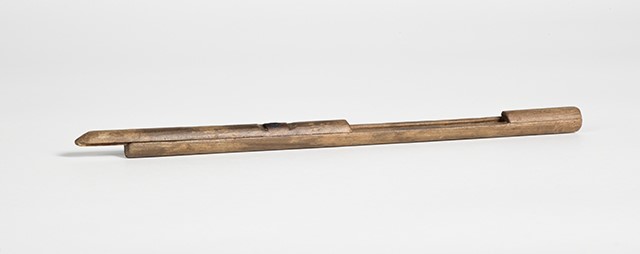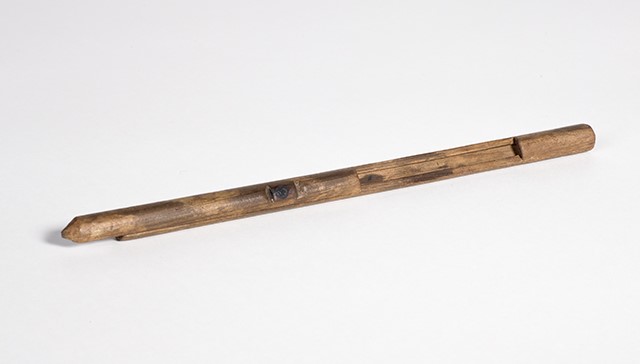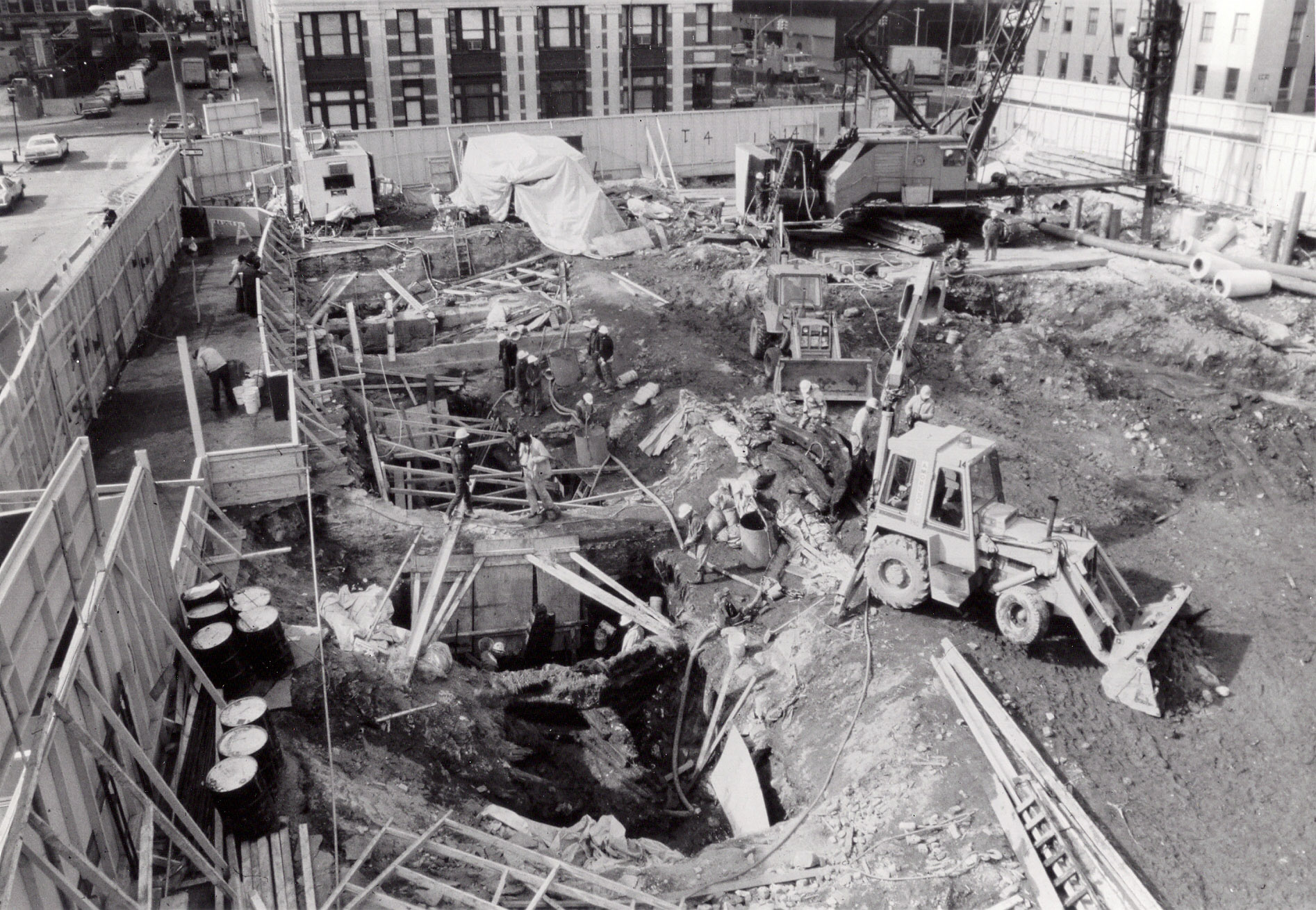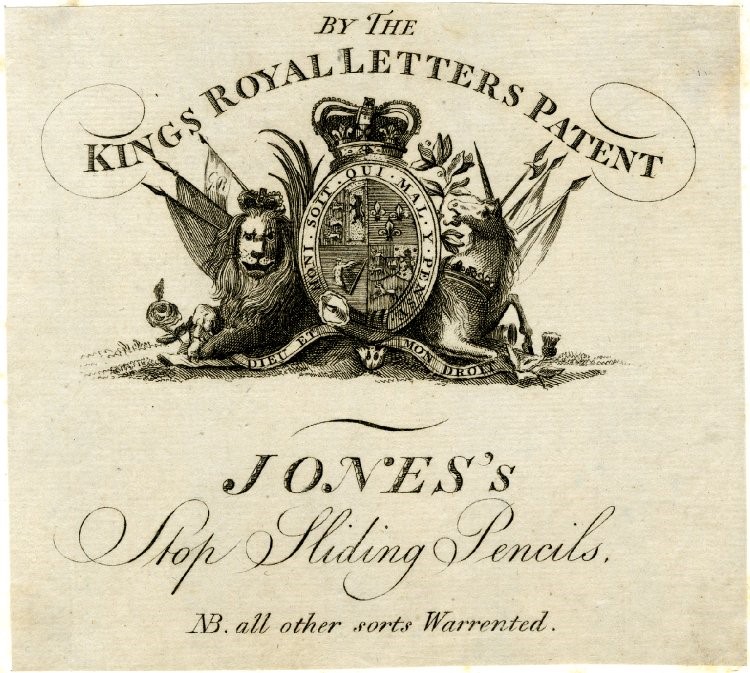If you are going to be in our area you should visit the new American Revolution Museum at Yorktown (ARMY) which is getting rave reviews! While there you’ll have to make sure to check out Mariners’ contribution to the exhibition—a pencil…yes, that’s what I said…a pencil…but it’s a FREAKING AWESOME one!
We started working with the curators at JYF on the loan a few years ago after we asked for help identifying some ceramics and the chief curator, Tom Davidson, asked if we happened to have an 18th century pencil in the collection. I immediately asked Cindi (she had been working with our interns on cataloging a collection of 18th century materials recovered from a ship hull in New York) and she said she did remember mention of a pencil. What we discovered when we looked at the piece was seriously cool.


The pencil was found in association with a merchant ship attributed as the Charleston-built Princess Carolina (1717) whose hull was deposited along the East River in New York sometime in the 1740s in an effort to expand the city’s waterfront. The ship’s hull essentially provided cribbing that was then filled to create a new street (the area around 175 Water Street) and quay. The artifacts contained within the layers of fill date from the 1670 to 1770 time period with the newest objects in the top most layers of fill. A graph of the manufacturing dates shows a peak in the 1740s. Using this information and the location of the deposition of the pencil we estimate it dates from 1745 to 1755.

Thanks to help from David Coffeen at Tesseract and a friend of his we were able to determine that the pencil was manufactured in England by Jonas Jones. Jones patented (No. 1409) the “stop sliding pencil” in 1783. This obviously falls outside of the latest deposition date of 1770 and while it’s possible the pencil was being manufactured before the patent was received, it’s equally possible that the pencil was introduced into a lower deposition layer by some sort of disturbance to the archaeological site.

The pencil is constructed in two pieces. The lower half features a dovetail-shaped groove along its upper surface and a stamped 6” ruler on its lower surface.

The upper half of the pencil contains a fixed wood “stop” about 1-1/8” long, and a sliding section, about 3-7/8” long. The underside of the sliding section contains a graphite stick (an XRF test indicated it is pure graphite) within a dovetail.

One end of the sliding section has been sharpened to provide the writing surface while the opposite end contains a bevel that locks the sliding section into the stop. The movement of the sliding section allows the writing end to be retracted within the dovetail-shaped groove of the lower section for protection.


The stop is locked in place with a pegged dovetail joint at each end. It is stamped with the maker’s name (JONES). The stop prevents the section containing the graphite from sliding out of the back side of the dovetail joint.


Considering the piece was recovered from a wet archaeological site it is amazing it survived–the only side effect seems to be that it contains a lot of iron (which probably leached into the wood from the other materials deposited on the site).
If you’re interested in learning more about the ship there is a good history of the Princess Carolina is available in the publication “The Ship that Held Up Wall Street” by Warren Riess.